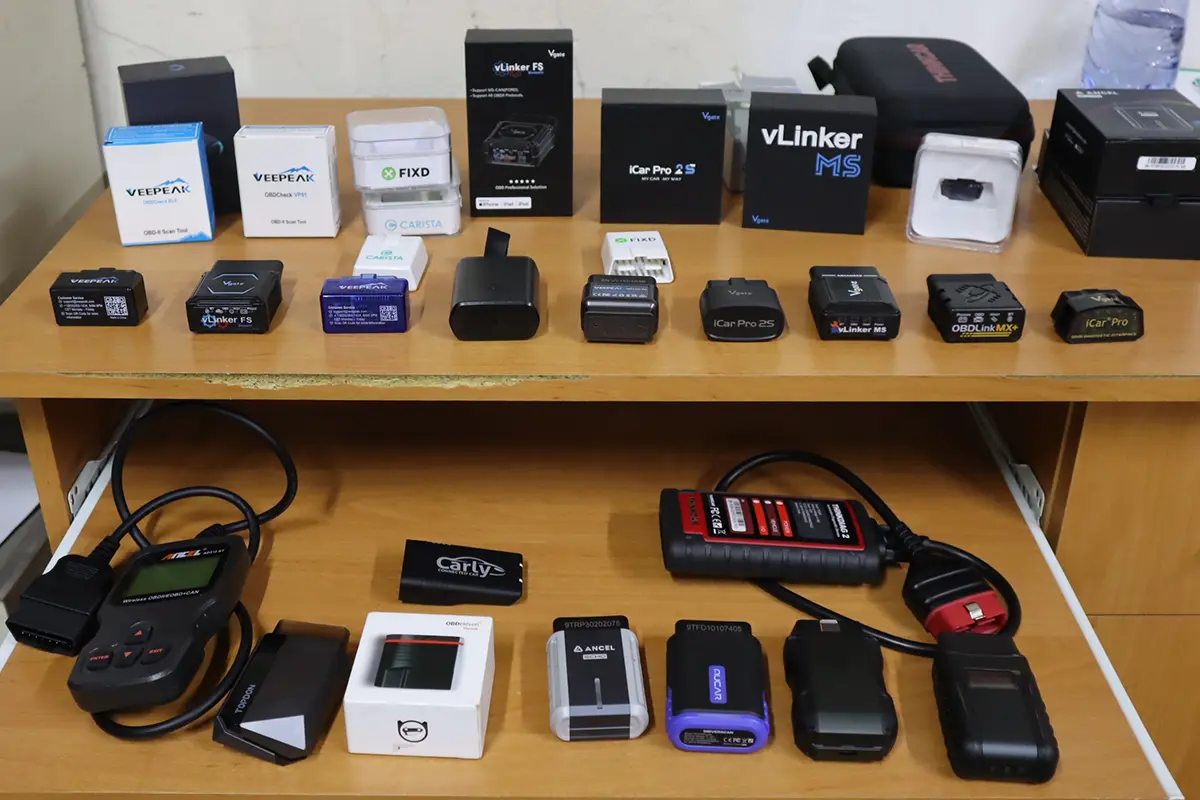The P011C: Charge Air Temperature/Intake Air Temperature Correlation Bank 1 code indicates a discrepancy between the readings of the charge air temperature (CAT) sensor and the intake air temperature (IAT) sensor on Bank 1. This issue can be caused by faulty sensors, wiring or connector issues, or a malfunctioning Powertrain Control Module (PCM). When this code appears, it suggests that the temperature readings from these two sensors do not align as expected, which can affect the engine’s performance and efficiency.
P011C – Quick Overview
| Meaning | P011C: Charge Air Temperature/Intake Air Temperature Correlation Bank 1 |
| Is it serious? | Yes, this code can be serious as it can lead to incorrect engine management, potentially causing performance issues and increased emissions. |
| Possible causes | – Faulty charge air temperature sensor – Faulty intake air temperature sensor – Wiring or connector issues – Faulty PCM |
| How to diagnose? | – Test the charge air temperature and intake air temperature sensors. – Inspect wiring and connectors for continuity. – Compare sensor readings using a scan tool. – Replace or repair any faulty components. |
P011C Meaning
The P011C: Charge Air Temperature/Intake Air Temperature Correlation Bank 1 code means that the temperature readings from the charge air temperature sensor and the intake air temperature sensor on Bank 1 are not consistent with each other, indicating a possible issue with one or both sensors, the wiring, or the PCM. This discrepancy can lead to improper engine management, affecting fuel efficiency and performance.
Step-by-step diagnostic guide
Follow the outline procedure to diagnose this DTC by eliminating possible causes one by one.
| Action | Description | Tools Needed |
|---|---|---|
| Check for Other Codes | Use an OBD-II scanner to check if there are any other related codes present. These might give additional clues about the problem. | OBD-II Scanner |
| Test Both Temperature Sensors | Test both the charge air temperature sensor and the intake air temperature sensor to ensure they are functioning properly. | Multimeter, Thermometer |
| Compare Sensor Readings | Use a scan tool to compare the readings from both sensors to see if they correlate as expected. | OBD-II Scanner, Diagnostic Tools |
| Inspect Wiring and Connectors | Check the wiring and connectors related to both sensors for any signs of damage, shorts, or disconnections. | Flashlight, Multimeter |
| Repair or Replace Components | If any components, such as the sensors or wiring, are found to be faulty, repair or replace them accordingly. | Replacement Parts, Basic Hand Tools |
| Check the PCM | Inspect the PCM for any faults or necessary updates that could be affecting the correlation between the sensors. | OBD-II Scanner, Multimeter |
| Clear the Code and Test Drive | After completing repairs, clear the P011C code and take the vehicle for a test drive to ensure the issue is resolved. | OBD-II Scanner, Vehicle Owner’s Manual |
| Recheck for Codes | After the test drive, re-scan the vehicle to ensure the P011C code has not returned. | OBD-II Scanner |

OBD-II scanner Buyer’s Guide
- Scanner features explained
- Different types of scanners
- Scanners for coding/odometer/ECU/checks
- Best picks + discount codes
I test OBD-II scanners and make DIY Engine diagnostics guides to help you solve your car problems without having to depend on the mechanic. A lot of them will try to scam you or are just no help at all. About Juraj Lukacko